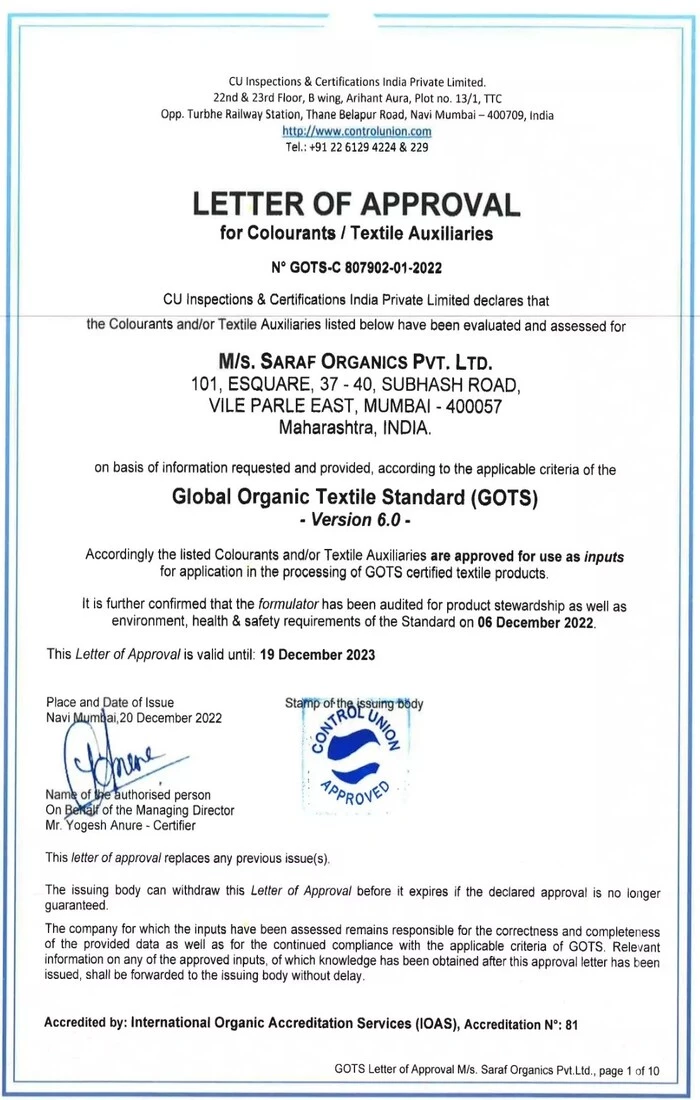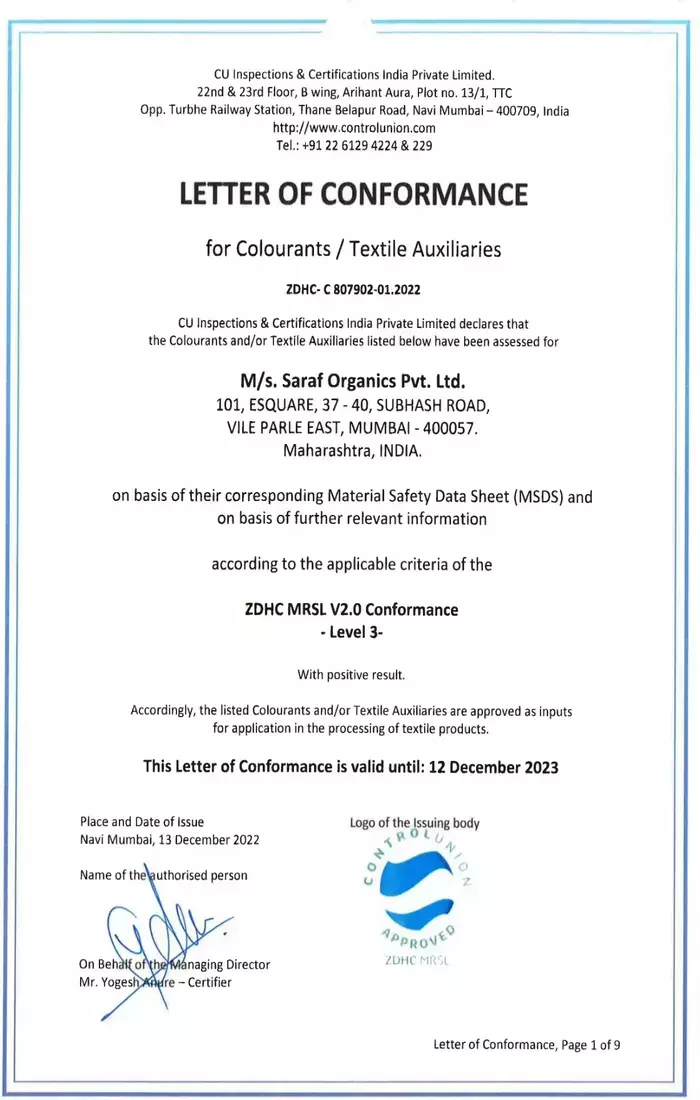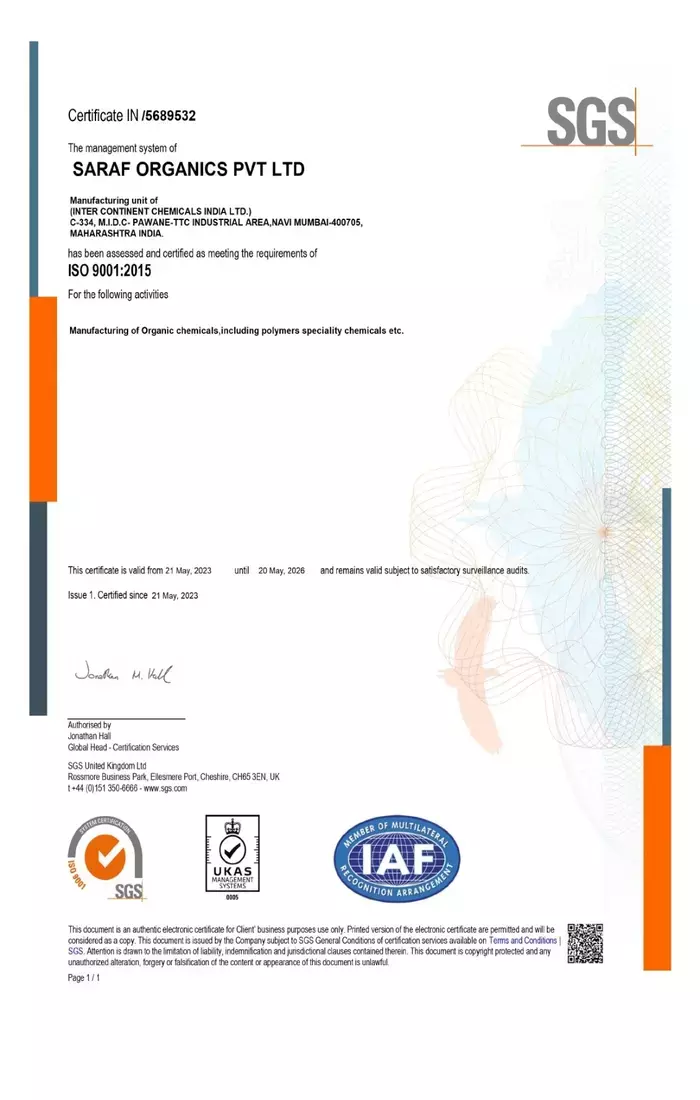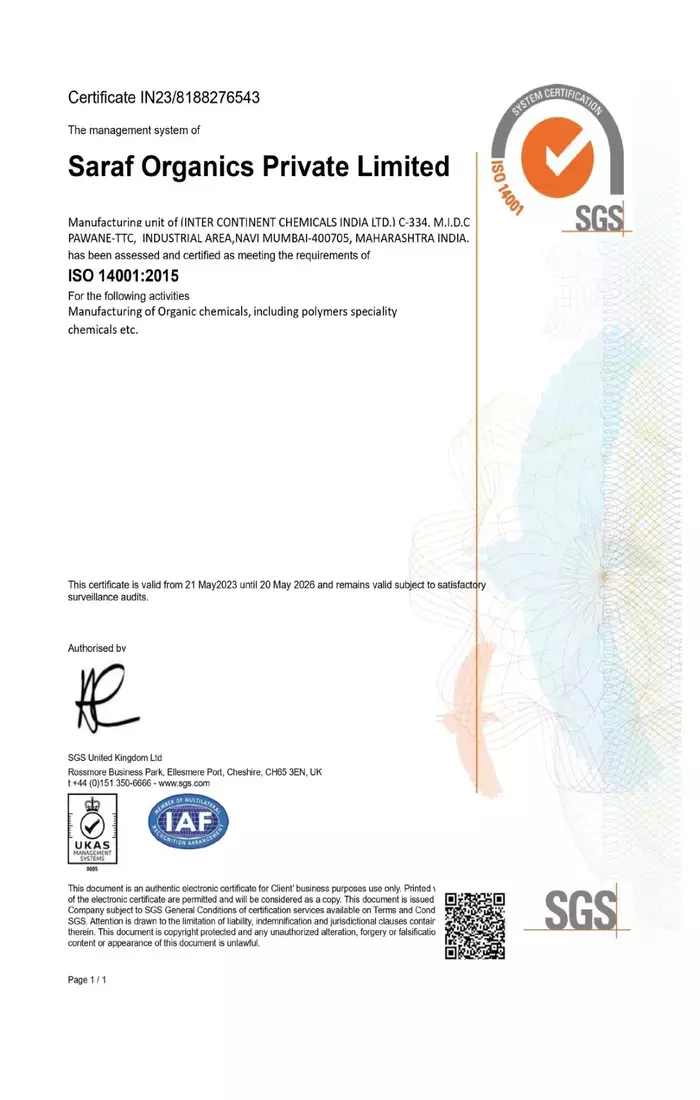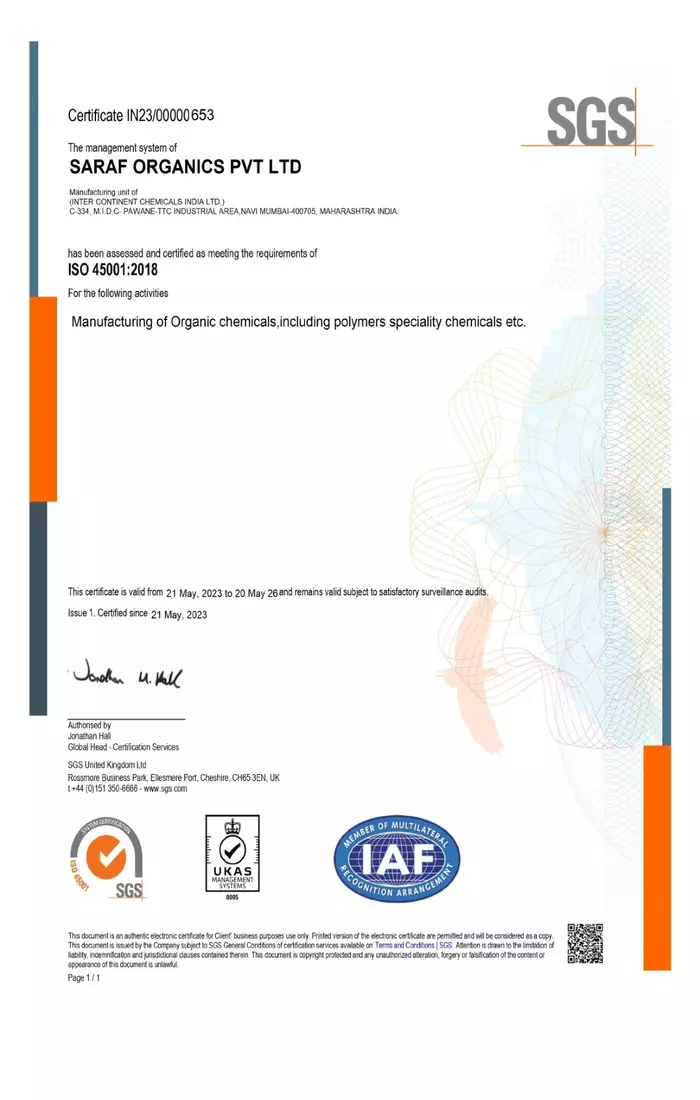
Lubricants Textiles Agents
Function:
Soft lubricants improve the flexibility and softness of fibers, making them easier to handle during processing
Examples:
Applied during finishing, often through padding or exhaust methods.
Function:
Sewing lubricants reduce friction during the sewing process, preventing needle damage and facilitating smooth stitching.
Examples:
Applied to fabrics before sewing, typically through padding or spraying.
Function:
Weaving lubricants are used to reduce friction between yarns during the weaving process, improving efficiency and preventing yarn breakage.
Examples:
Applied to yarns or fabrics prior to weaving.
Function:
Knitting lubricants reduce friction and static electricity during the knitting process, enhancing the smooth movement of yarns on knitting machines.
Examples:
Applied to yarns or fabrics before knitting.
Function:
Fiber lubricants are used to improve the slip between individual fibers, facilitating better blending and carding during the preparation of fibers for spinning.
Examples:
Applied during fiber processing stages, such as opening and carding.
Function:
Dyeing lubricants improve the even distribution of dyes during the dyeing process by reducing friction between fibers.
Examples:
Applied before or during the dyeing process, depending on the specific requirements.
Function:
Lubricants for synthetic fibers reduce friction and static electricity, improving the handling of synthetic yarns and fabrics.
Examples:
Applied during finishing processes for synthetic textiles.
Function:
Antistatic lubricants reduce static electricity, preventing issues such as electrostatic charge accumulation during processing.
Examples:
Applied during finishing processes, especially for synthetic fibers.
Function:
Non-ionic lubricants are suitable for various fiber types and are effective in reducing friction and improving processing efficiency.
Examples:
Applied through padding, exhaust, or spraying methods.
Function:
Environmentally friendly lubricants designed to provide the desired lubrication properties while being biodegradable.
Examples:
Used in processes where sustainability is a priority.


